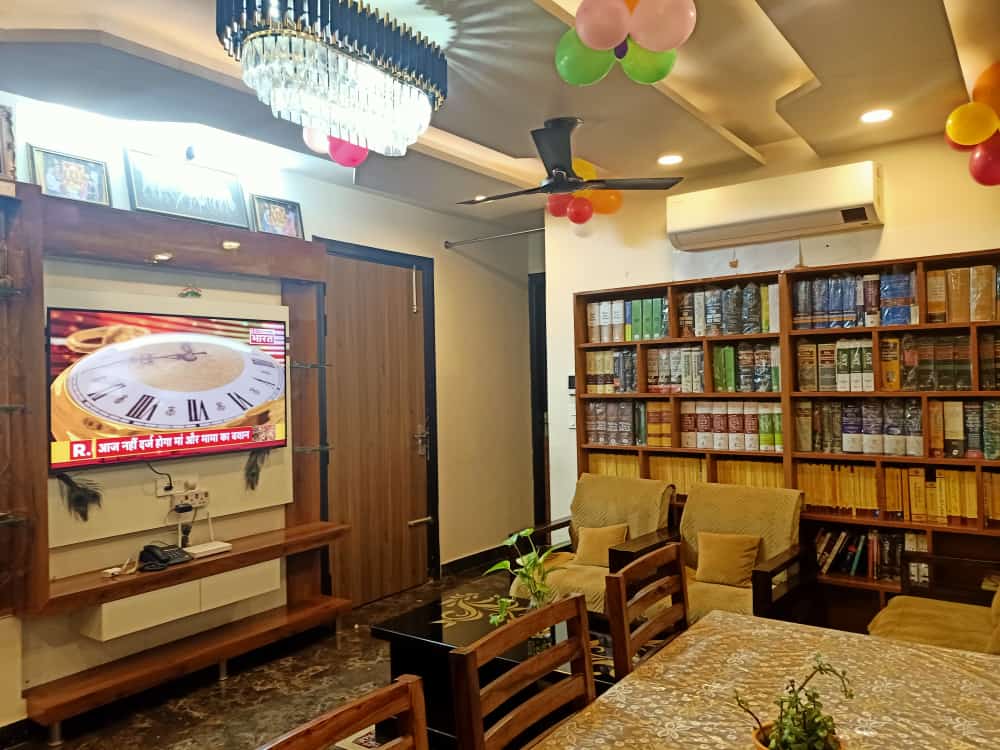Cement Industries
Civil litigation, Criminal , Commercial Litigation, Arbitration Proceedings, Intellectual Property Rights , Personal & Family Litigation, Income Tax Litigation, GST , Company Law , Consumer Case , Mediation & Conciliation.
3000 +
Happy clients
300 +
Advocate, CA, CS
10 +
Associates Offices
Request A Call Back
Cement Industries
About Cement Industries
The history of the cement industry in India dates back to the 1889 when a Kolkata-based company started manufacturing cement from Argillaceous. But the industry started getting the organized shape in the early 1900s. In 1914, India Cement Company Ltd was established in Porbandar with a capacity of 10,000 tons and production of 1000 installed. The World War I gave the first initial thrust to the cement industry in India and the industry started growing at a fast rate in terms of production, manufacturing units, and installed capacity. This stage was referred to as the Nascent Stage of Indian Cement Company. In 1927, Concrete Association of India was set up to create public awareness on the utility of cement as well as to propagate cement consumption. Cement industry in India is currently going through a technological change as a lot of upgradation and assimilation is taking place. Currently, almost 93% of the total capacity is based entirely on the modern dry process, which is considered as more environment-friendly. Only the rest 7% uses old wet and semi-dry process technology. There is also a huge scope of waste heat recovery in the cement plants, which lead to reduction in the emission level and hence improves the environment

Monitoring requirements for Indian cement plants:
- Ambient air quality
- Monitoring requirements for cement plants
- Fugitive dust emissions
- GHG reduction
The housing and real estate sector is the biggest demand driver of cement, accounting for about 65 per cent of the total consumption in India. The other major consumers of cement include public infrastructure at 20 per cent and industrial development at 15 per cent.
India’s total cement production capacity is nearly 455 million tonnes, as of 2017-18. Cement consumption is expected to grow by 4.5 per cent in FY19 supported by pick-up in the housing segment and higher infrastructure spending. The industry is currently producing 280 MT for meetings its domestic demand and 5 MT for exports requirement.
The Indian cement industry is dominated by a few companies. The top 20 cement companies account for almost 70 per cent of the total cement production of the country. A total of 210 large cement plants account for a cumulative installed capacity of over 350 million tonnes, with 350 small plants accounting for the rest. Of these 210 large cement plants, 77 are located in the states of Andhra Pradesh, Rajasthan and Tamil Nadu.
On the back of growing demand, due to increased construction and infrastructural activities, the cement sector in India has seen many investments and developments in recent times. According to data released by the Department of Industrial Policy and Promotion (DIPP), cement and gypsum products attracted Foreign Direct Investment (FDI) worth US$ 5.25 billion between April 2000 and December 2017.
Policy regime
In 1989, industry was considered to be prepared for free market competition and all price and distribution controls were withdrawn. The cement sector was liberalized and today 100 per cent FDI is permitted in the cement industry. Total FDI in the cement sector between 2000 and October 2009 stood at US$ 1.69 billion. Most cement companies have announced expansion plans for 2010, which is expected to result in a fresh capacity of more than 50 million tonnes. .Some of the major investments in Indian cement industries are as follows:
In May 2018, Ultratech Cement decided to acquire the 13.4 MTPA capacity cement business of Century Textiles and Industries. JK Cement is planning to invest Rs 1,500 crore (US$ 231.7 million) over the next 3 to 4 years to increase its production capacity at its Mangrol plant from 10.5 MTPA to 14 MTPA.
Major Players in Indian Cement Industry
There are a number of players prevailing in the cement industry in India. However, there are around 20 big names that account for more than 70% of the total cement production in India. The total installed capacity is distributed over around 129 plants, owned by 54 major companies across the nation. Following are some of the major names in the Indian cement industry:
- ACC
- Gujarat Ambuja
- Ultratech cement
- Grasim
- India Cements
- JK Group
- Jaypee Group
- Century
- Madras Cements
- Birla Corporation
Legal services of Preach Law LLP
The firm provides advice on cutting-edge issues that cover multiple legal and business disciplines. Our expertise and understanding of the business is the foundation for providing full range of legal services including:
- Arbitrations & Litigation
- Foreign Investments
- Regulatory
- Structuring
- Offset policy
- Statutory Compliances
- Joint Ventures
- Contracts
- Teaming Agreements
- Auction/Bid Management etc.
- Tax & Regulatory Structuring
- Sourcing/Supply and Service Agreements.
- Regulatory Approvals/Representations
- Advisory Services
- Information Technology Enablement
- Review/Appeal of Administration Decisions















































